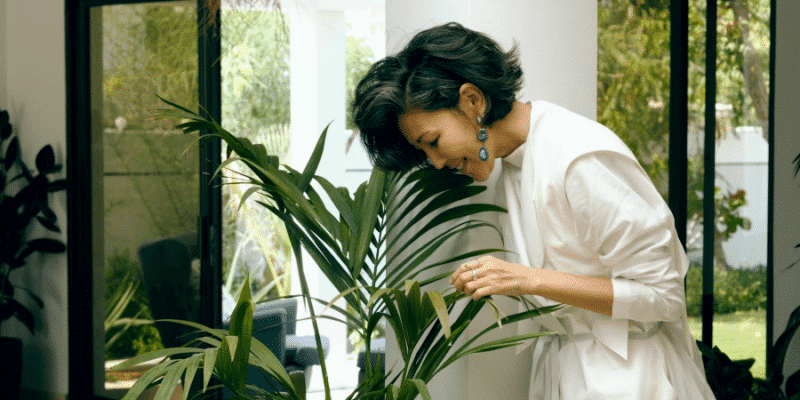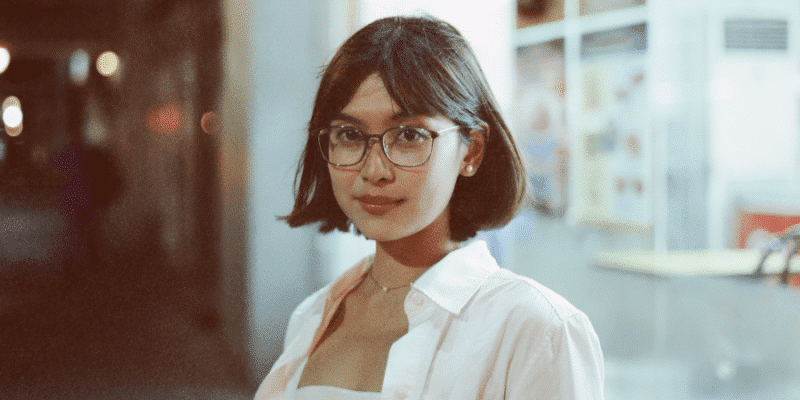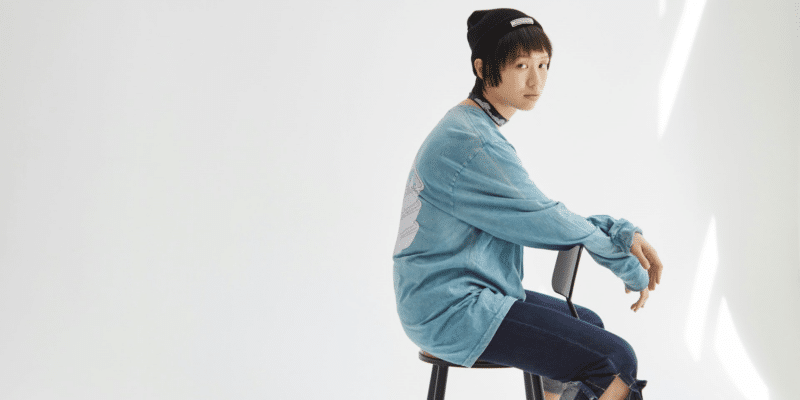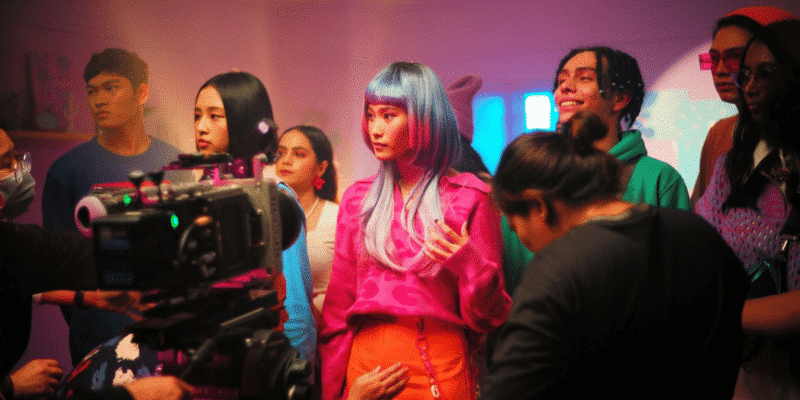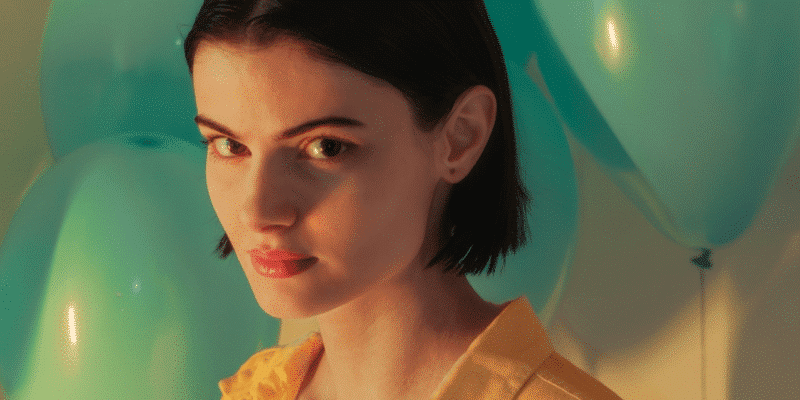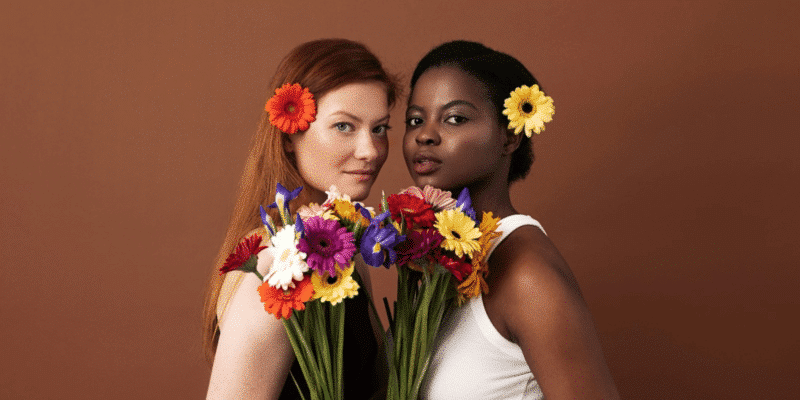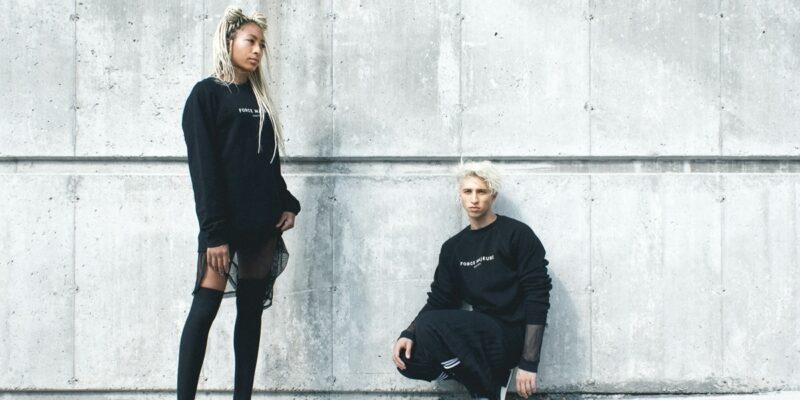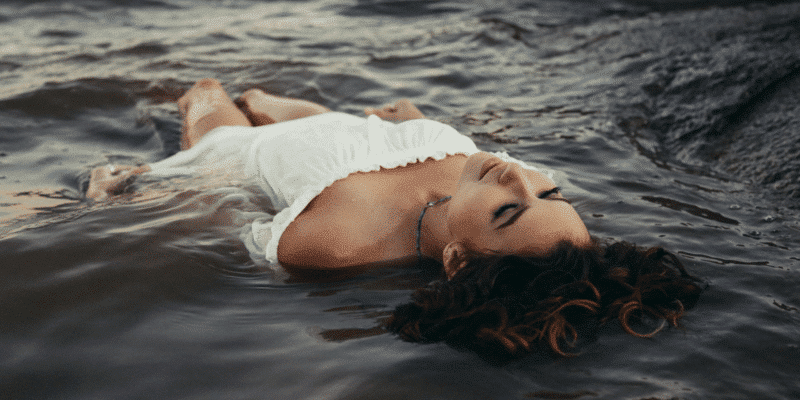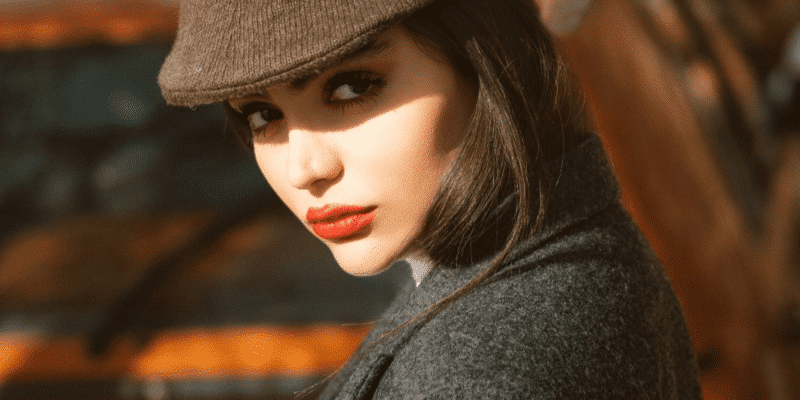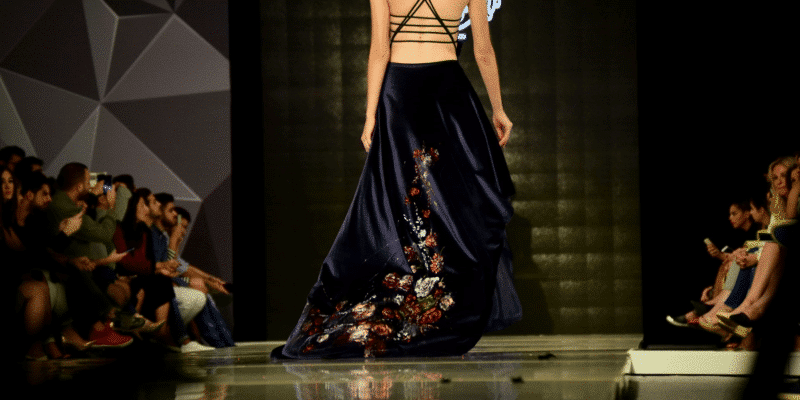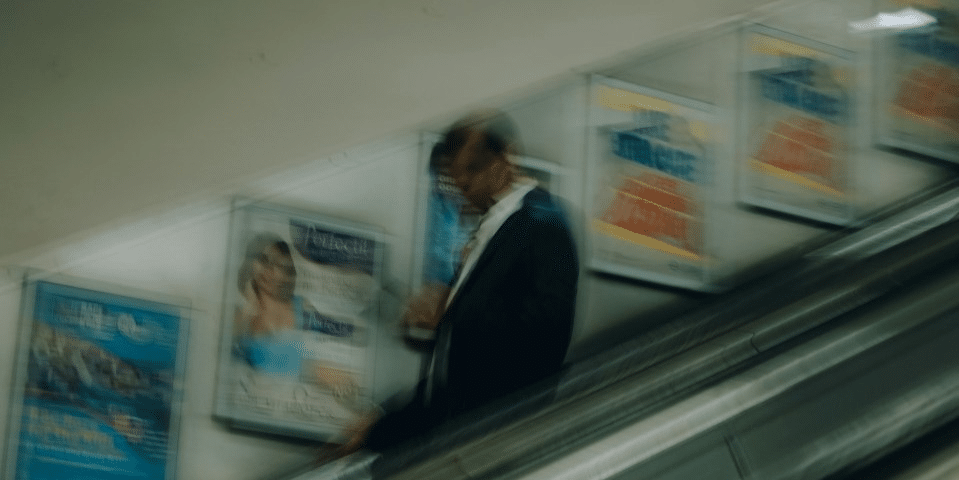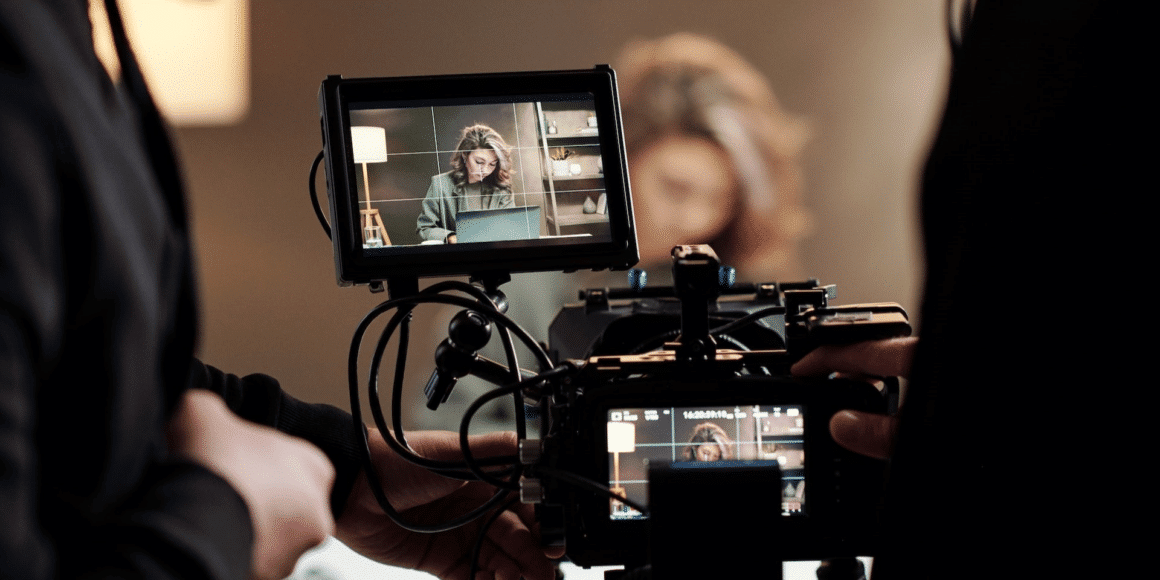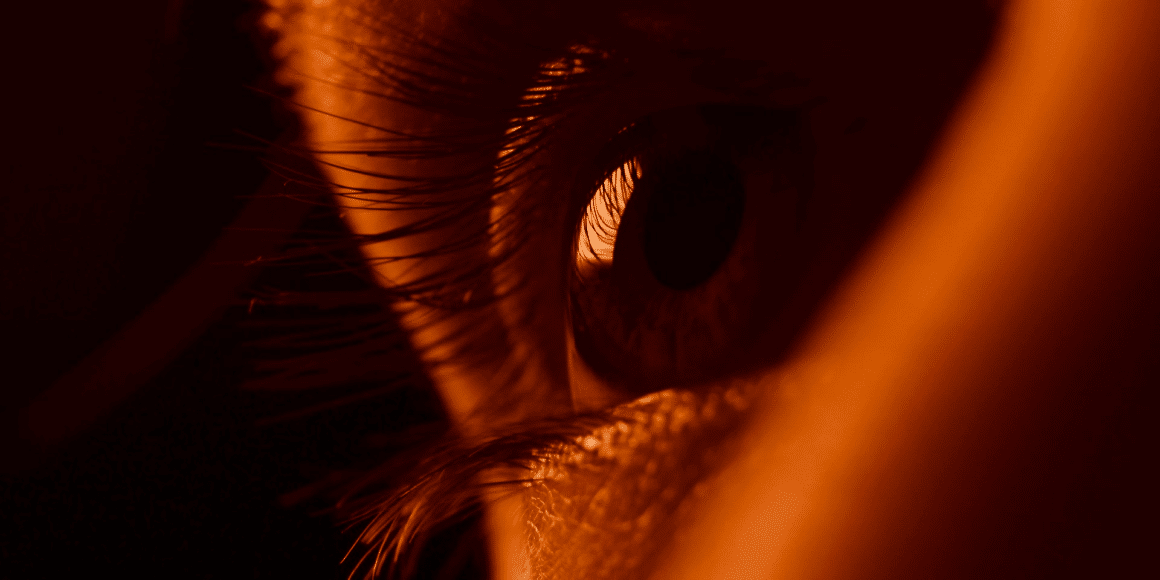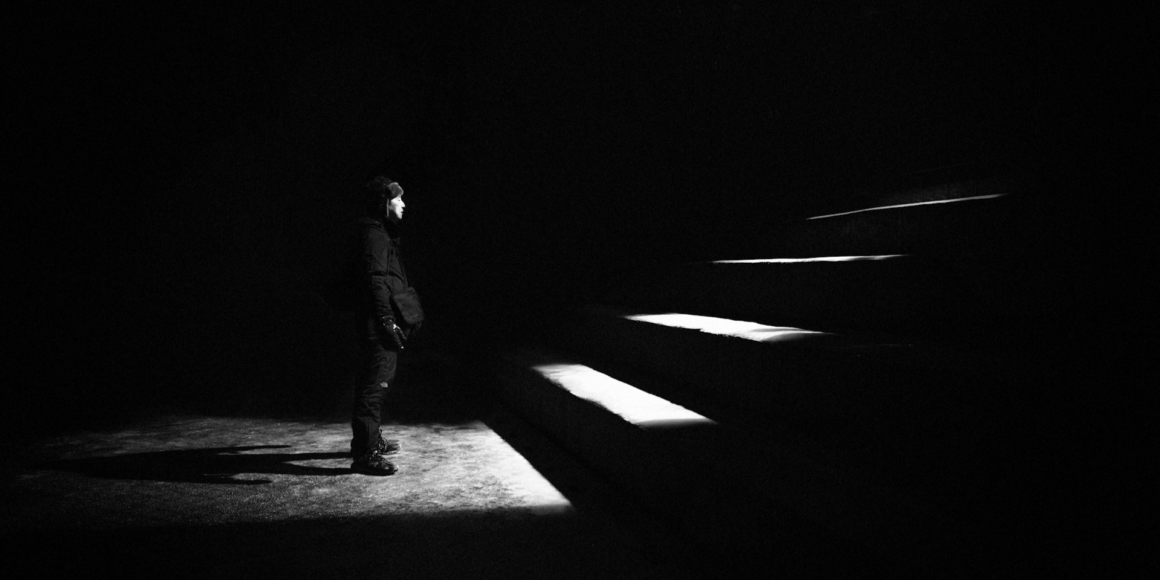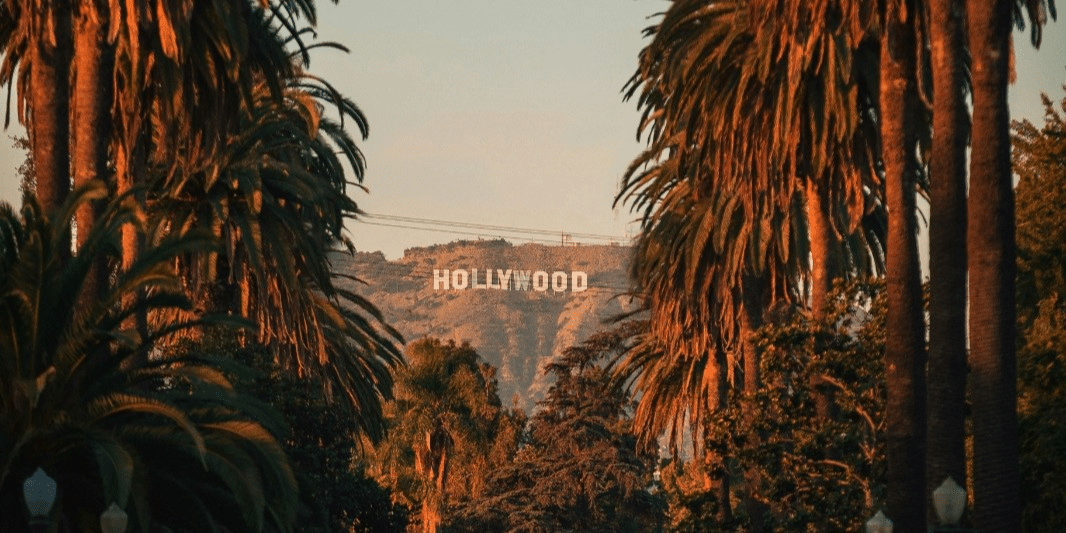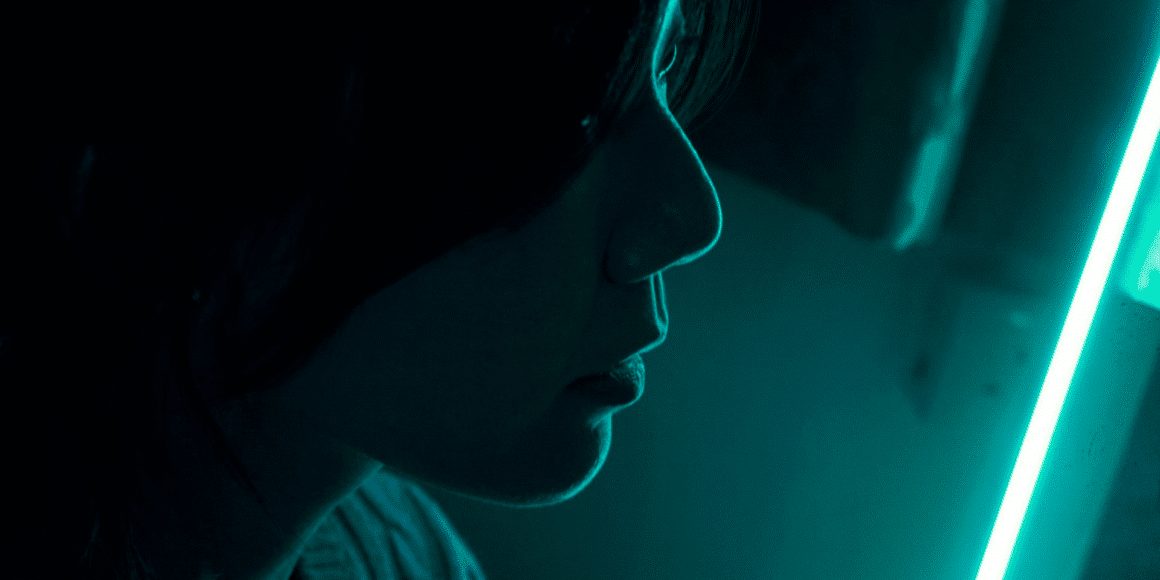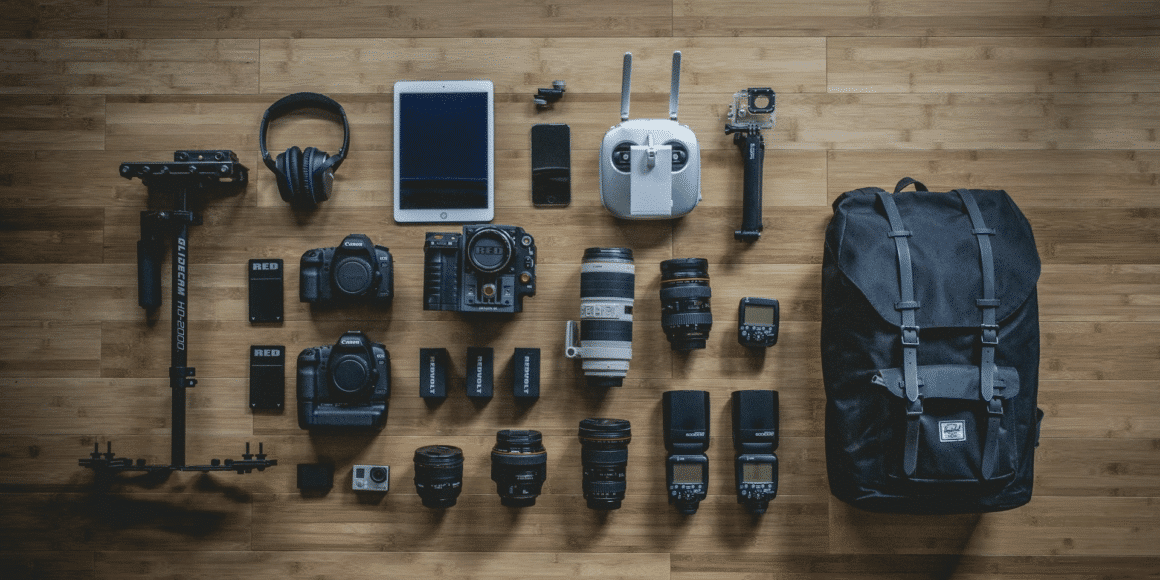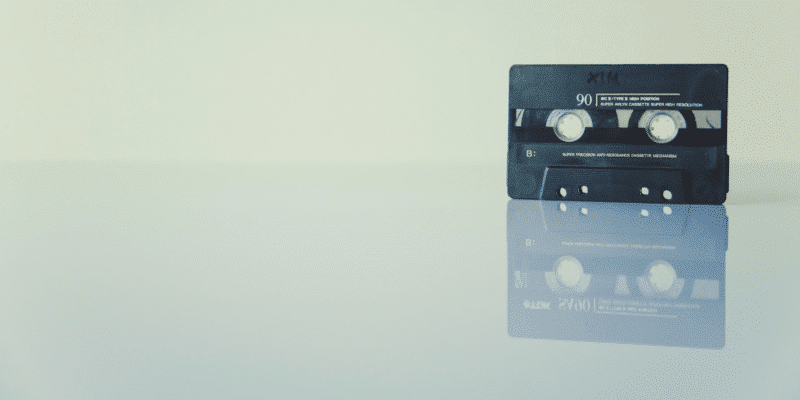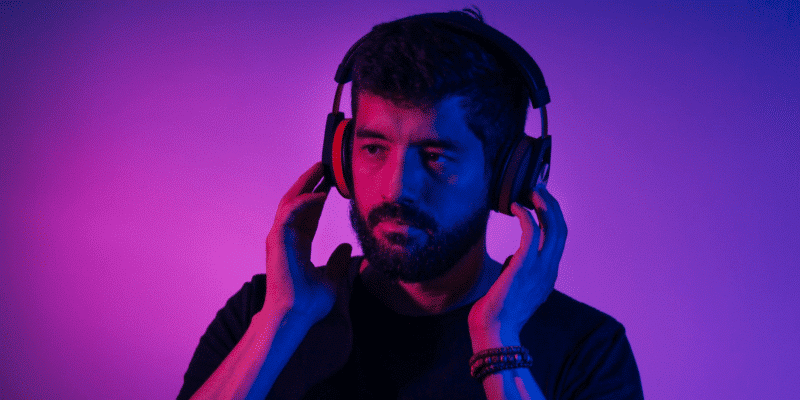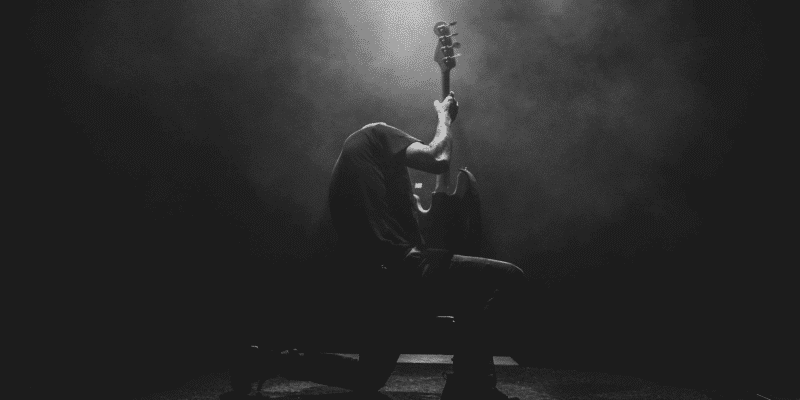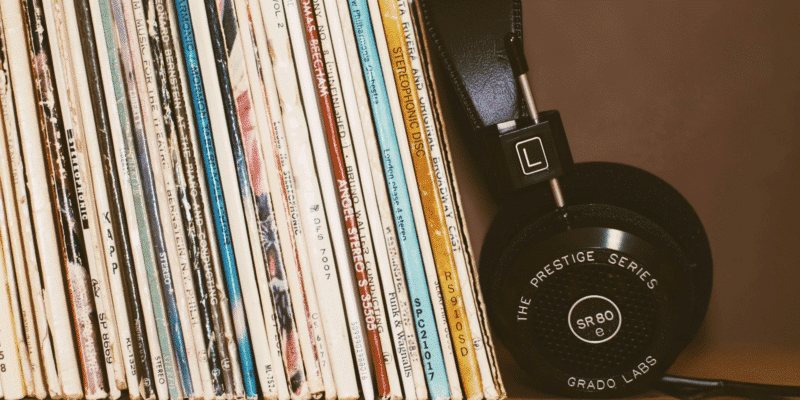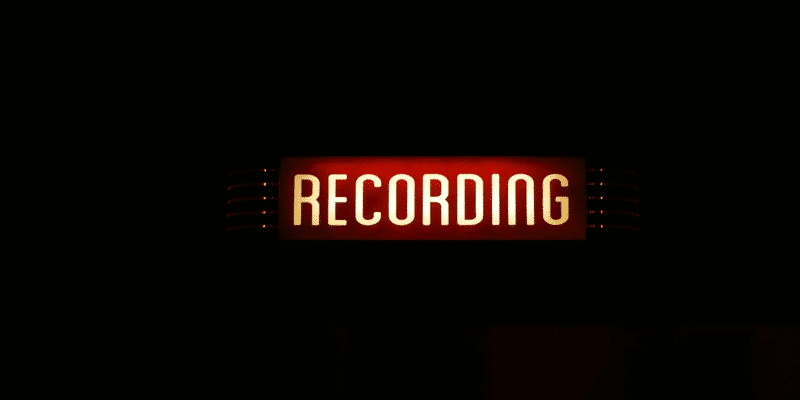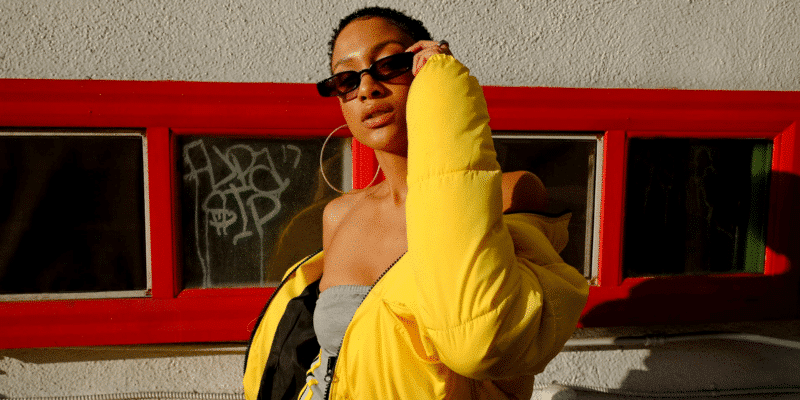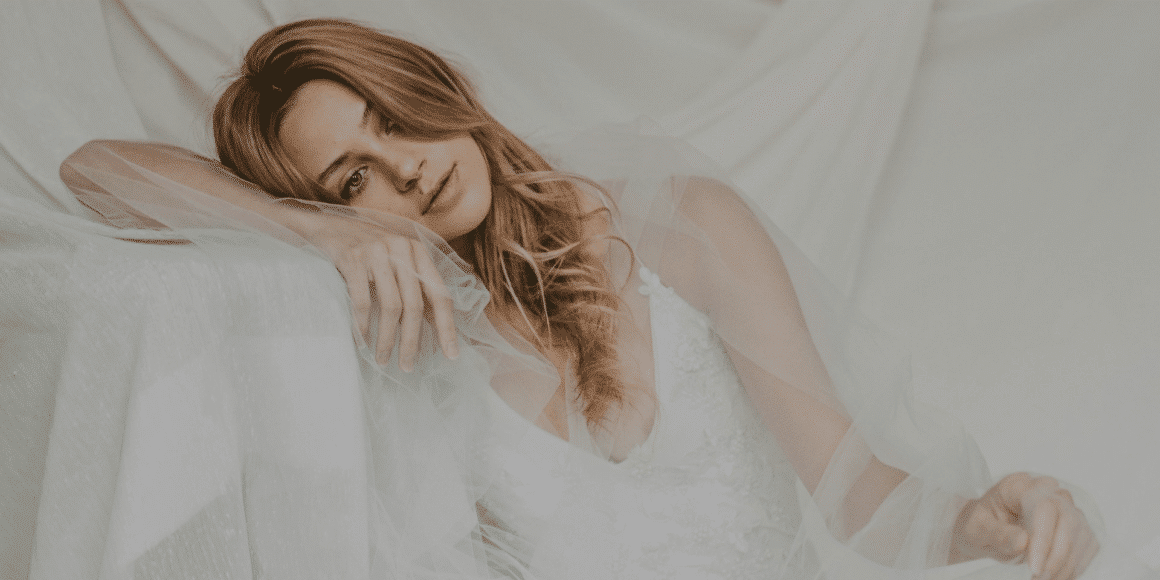

Celebrity
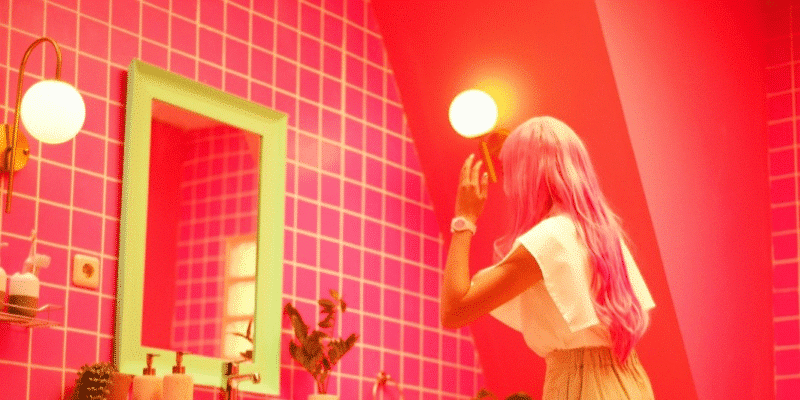
How Saturation Affects Movies
Saturation plays a crucial role in shaping the visual aesthetic and emotional impact of movies. It refers to the intensity
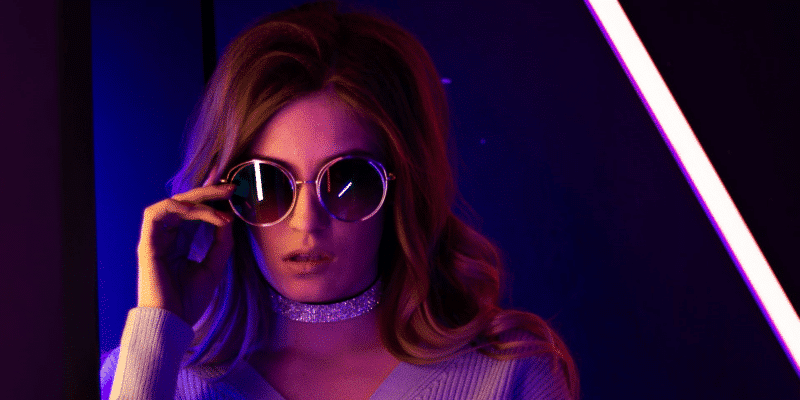
The Importance of Celebrities Staying Grounded in Their Fame
Celebrities often find themselves in the spotlight, with fame and fortune bringing them adoration and attention from fans around the
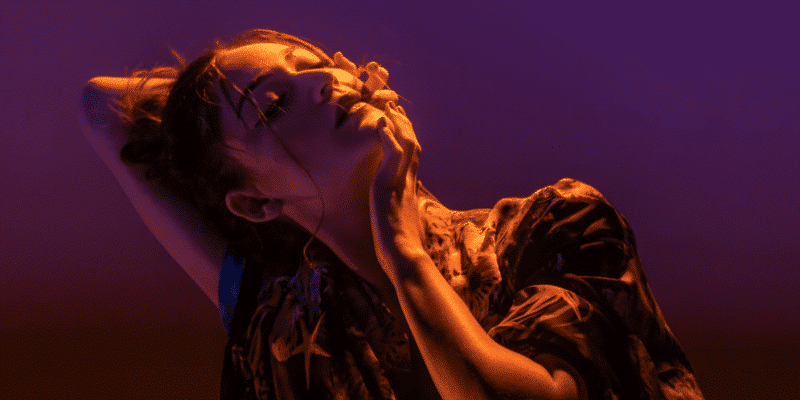
Exploring the Opportunities of Independent Films
Independent films, often referred to as “indies,” have carved out a unique niche in the world of cinema, offering filmmakers
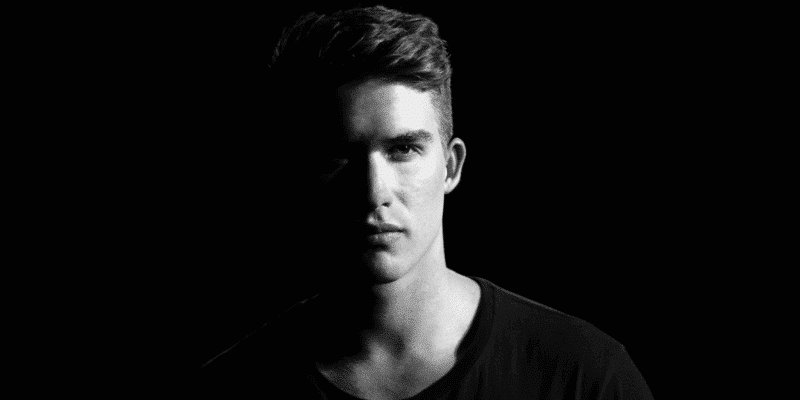
Can Actors Make Good Directors? Exploring the Intersection of Acting and Directing
The world of film and theater is a dynamic and multifaceted industry that encompasses a wide range of roles and
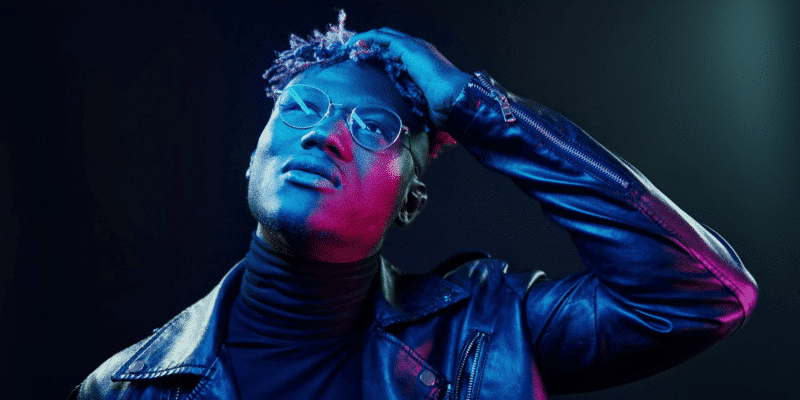
TV or Movies: Which Career Path Should You Pursue?
Choosing a career path in the entertainment industry can be both exciting and daunting. Whether you’re passionate about storytelling, acting,
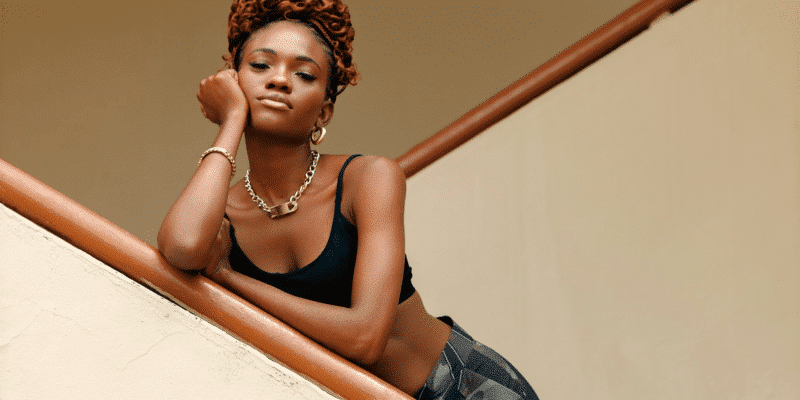
Decoding Celebrity Fashion: Secrets to Staying Stylish
Celebrities are often hailed as fashion icons, effortlessly gracing red carpets, magazine covers, and social media feeds with their impeccable
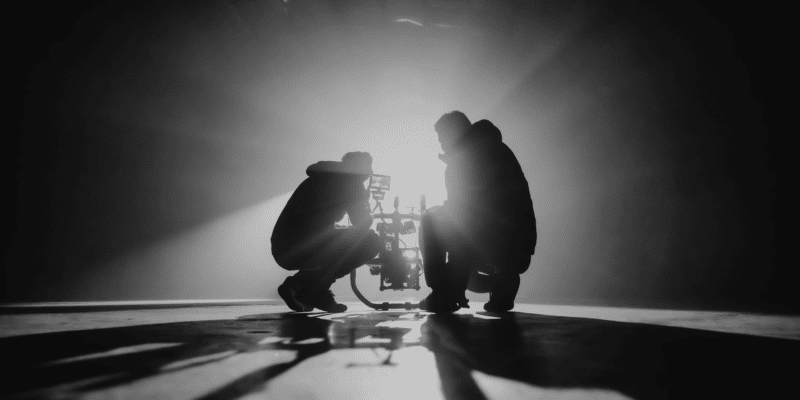
The Importance of Actors Seeking Out Directors They Want to Work With
In the world of acting, the relationship between actors and directors is fundamental to the success of a production. The
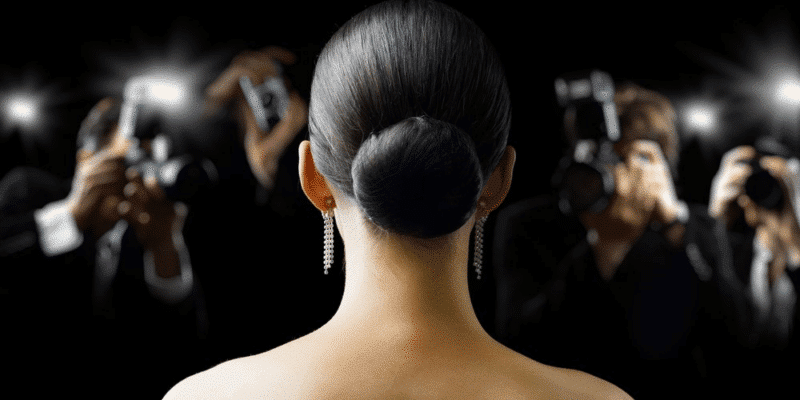
The Dangers of Paparazzi in the Pursuit of News
The Risks Faced by Paparazzi In the ever-evolving world of news coverage, the role of paparazzi has become increasingly controversial.
Fashion
Movies
Music
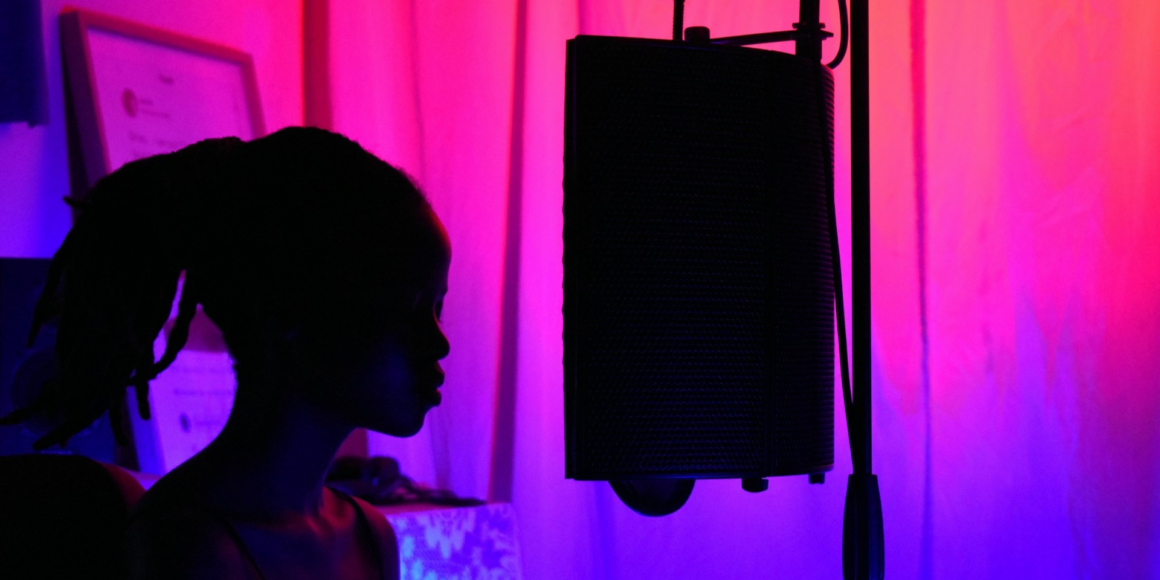
The Effectiveness of Improvisation in Recordings: A Closer Look
When it comes to recording music, artists often face the choice between meticulously planning every note and allowing room for spontaneity and improvisation. Improvisation, the act of creating music on

